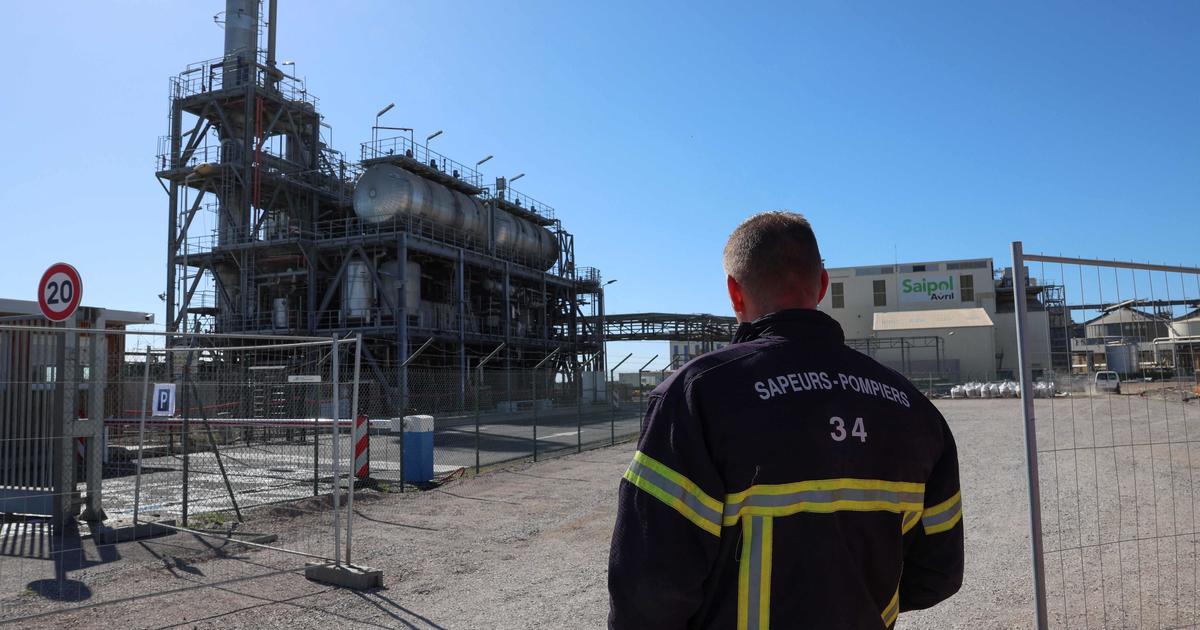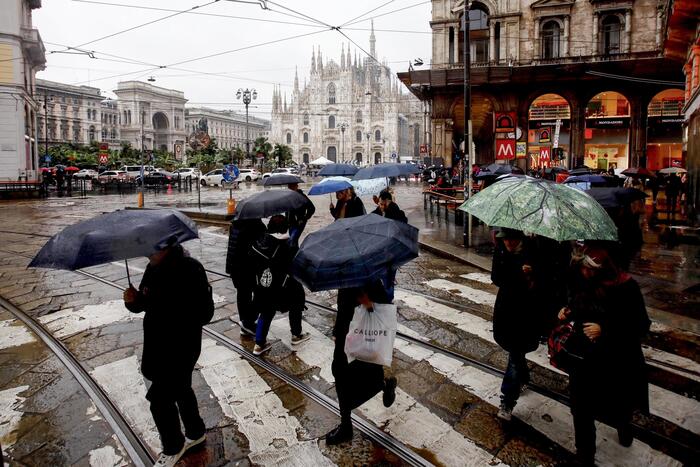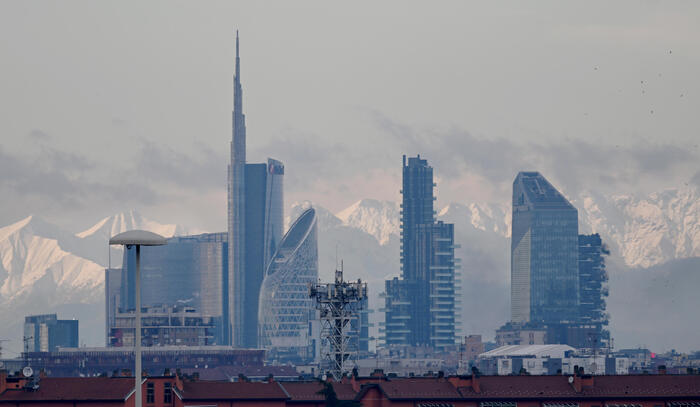Enlarge image
Clouds of smoke over the hazardous waste incineration plant in Chempark Leverkusen, July 27th.
Photo: ROBERTO PFEIL / AFP
SPIEGEL:
Professor Marko, are you concerned about the explosions in the Chempark in Leverkusen?
Marko:
I think it's a real drama.
When a burning hazardous waste facility releases pollutants in an uncontrolled manner, it is one of the worst things that can happen.
After all, what do you collect and dispose of in such a facility?
The riskiest garbage.
And this now had the opportunity to enter into chemical reactions with other substances in the heat.
The crucial questions are now: What substances have been formed and released here?
Are they "only" acutely irritating and only active near the system - or have we opened the keg of Pandora here?
It is possible that substances have entered the environment here that are persistent there, so that we cannot easily get rid of them.
Enlarge image
Doris Marko heads the Institute for Food Chemistry and Toxicology at the University of Vienna.
Photo: Doris Marko
SPIEGEL:
According to the information available so far, three tanks each containing hundreds of thousands of liters of chlorinated solvents exploded.
What does that tell you as a toxicologist?
Marko:
Of course, the question needs to be clarified: Is it really just that?
Or were there other reaction residues in the tanks from the production processes in which the solvents were used?
At first glance, this looks so complex that many substances could have been created here, including carcinogenic dioxins or chlorinated biphenyls.
These are very dangerous to human health and are extremely slow to degrade in the environment.
So it may be necessary to decontaminate a large area here.
The removal of the soil would then be the only way to remove the released dioxins again.
Think of Seveso 1976.
SPIEGEL:
How long will it be before laboratories and authorities can assess the situation?
Marko:
The operator of the system has to provide information quickly: What was in there in the tanks?
Since very different substances can have formed here, an analytical run is not enough here.
A wide variety of techniques have to be used here, and samples have to be taken at many different points in the field.
It takes days and weeks.
SPIEGEL:
So the uncertainty will persist for a while?
Marko:
This analysis is not trivial.
But there are highly qualified laboratories in Germany that are certainly already working flat out.
Until the final result, the situation remains difficult for local residents.
The authorities cannot really give them answers to the question of whether children are allowed to play in the sand or whether one can eat the vegetables that are now ready to be harvested.
SPIEGEL:
If substances are rained off from the smoke gas cloud, are entire regions at risk?
Marko:
Maybe so.
This can become an ecotoxicological problem.
These organic solvents easily get into the groundwater.
One will have to search very hard for the whereabouts of possibly chlorinated compounds.
The water supply is not endangered as a result, because the waterworks are generally very well controlled.
The situation is different with people who use their own well to water their tomatoes and radishes.
In extreme cases, they could come into contact with harmful chlorinated compounds that have found their way into the groundwater.
SPIEGEL:
How dangerous was the work of the plant fire brigade in Chempark?
Marko:
I can really only admire these people who rush to such a fire with great courage.
You have to do a very difficult job - and with extreme respiratory protection at that.
Under no circumstances should you inhale the vapors in such a fire, as this would immediately lead to severe lung damage.
SPIEGEL:
People live
just
one kilometer from the hazardous waste incineration plant.
Is that justifiable?
Marko:
I think that's an ethical problem that we as an industrial society have to face. Germany is a densely populated country, which raises the question of whether there are better alternatives. For the first time, many people have now realized that large amounts of hazardous waste are being stored and incinerated in the middle of Germany. The highest security standards must be demanded and monitored.
It is now important to clarify as quickly as possible how such a catastrophe could have come about. The industry and the supervisory authorities are called upon here in the future, because there are definitely less risky alternatives for many technical processes. I advocate a rethink in the direction of green chemistry, in which, for example, less dangerous solvents are used. And the focus here should not be on profit, but on protecting people and the environment.















